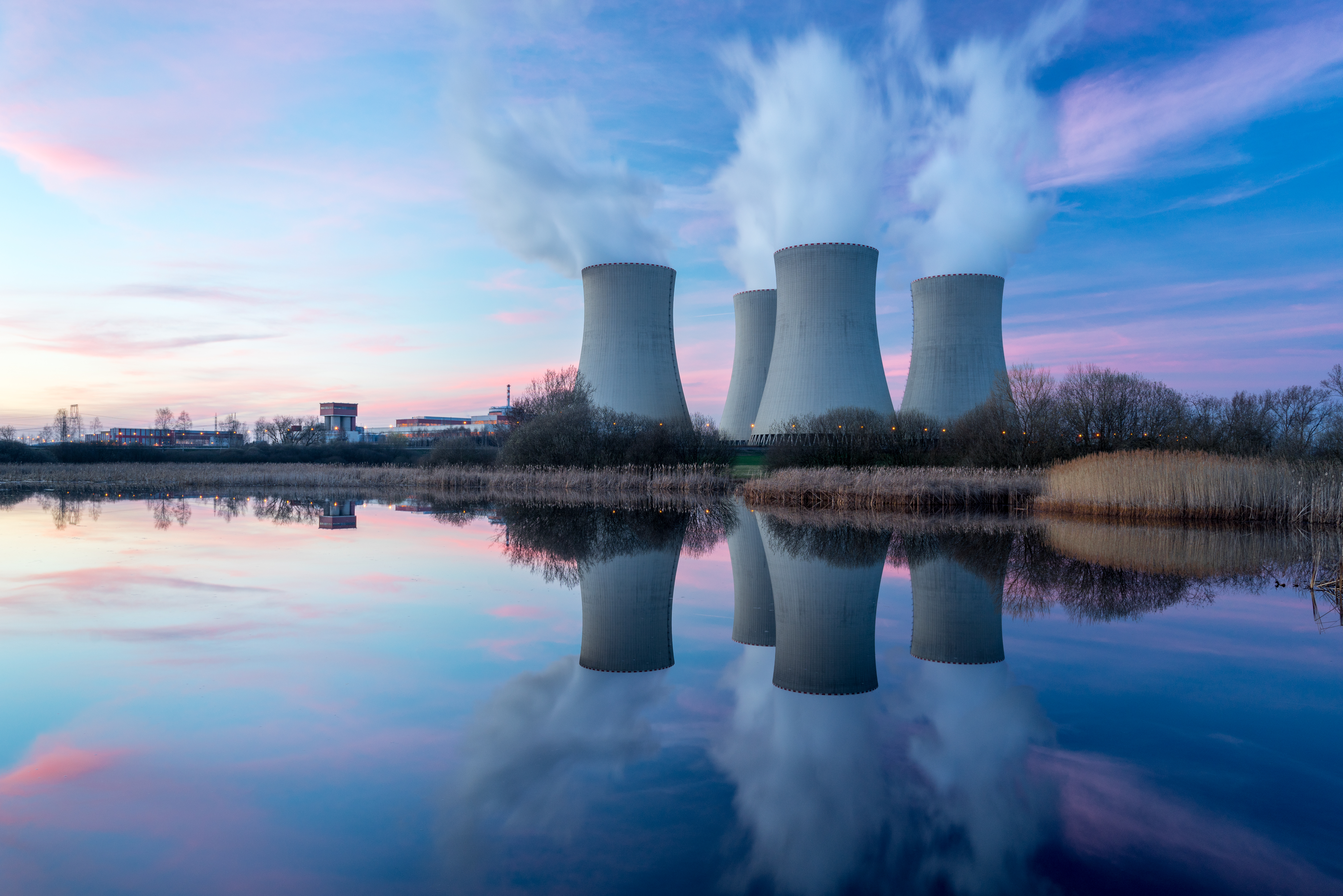The Geopolitical Complexities of Nuclear Development in Developing Countries

In a bid to become carbon neutral (and often to establish better energy security for their citizens), developing countries are exploring nuclear power. Within the past few years, several Southeast Asian countries have announced plans to develop new nuclear technology, including Singapore, Thailand, the Philippines, and Indonesia; Malaysia has outlined a preliminary nuclear policy. Other Central Asian, African, and Eastern European countries are also considering nuclear energy along an accelerated timeline.
Michael Short, Associate Professor of Nuclear Science at MIT and program co-director of the Harvard T.H. Chan School of Public Health Radiological Emergency Management program, has direct experience working with countries aiming to build nuclear facilities in their region. He notes that, despite the fact that some have limited prior experience, they take the technical aspects of building and maintaining such a facility very seriously. “We’ve done so well in the U.S. at learning from the mistakes of the past; every conversation begins and ends with safety,” Mike notes.
The more thorny and nuanced issue, in fact, has more to do with the long-term ramifications of building a nuclear plant: specifically, a nation’s relationships with other neighboring countries, and the political nature of developing nuclear energy in a potentially volatile region.
When Building a Nuclear Facility Means Working With Another Country
A major complication of national nuclear development is international partnership. “Some countries pay for a third country to come in and build the plant, set it up, and even operate it,” explains Steven Goldman, program co-director of Radiological Emergency Management and instructor in crisis communications, risk communications, and crisis management at MIT and at Harvard T.H. Chan School of Public Health.
Aside from the U.S., Russia, China, and South Korea are countries that offer services to countries at a lower cost (and with potential subsidies). In the case of former Soviet countries, they might prefer Russia as their geographical neighbor with shared historical and political ties. In fact, Uzbekistan agreed upon the joint construction of a plant with Russia in 2018. The challenge, however, is that such a facility may be held hostage, figuratively or literally, in the case of an invasion (as is the case with Ukraine’s Zaporizhzhya nuclear plant).
“The U.S. is, admittedly, more expensive, but you get what you pay for. There are conversations going on in these countries that ask, ‘With whom do we want to work? And what are the hidden costs of dealing with a cheaper partner?'” explains Short, who is also the engineering associate director at the Plasma Science and Fusion Center.
In the case of China, the Belt and Road Initiative facilitated infrastructure development in other countries, but then led to political and economic difficulties when some of those countries defaulted on their bills. This has led to a backlash against utilization of Chinese resources for this type of project.
In a larger sense, ASEAN countries (the Association of Southeast Asian Nations) need to factor in that body’s approval. “If a nation state wants to go nuclear, they have to present the case, and ASEAN votes on it. There’s nothing technically stopping a country from doing it on their own, except they would be in violation of the ASEAN charter. Right now, politically, the ASEAN countries really have to band together more than ever in the face of a more aggressive and assertive China,” says Short.
Building a Nuclear Facility and Navigating Thorny Regional Challenges
Another challenge is local political and socioeconomic factors, particularly in the region where the plant will be located. For example, the general logic from a safety and risk assessment perspective is that a nuclear facility should be constructed in a rural area, away from major cities or other areas with dense populations.
“But, if a totalitarian regime or a dictatorship says, ‘It’s going in this particular location, because it’s closer to the city where we need the power,’ that’s a political decision. We have no control over that,” says Goldman.
As the facility is being set up, the administrators will need to be educated on how to foster a culture of communication and transparency: between themselves, with their government, and with outside forces that may offer assistance, especially in the case of an emergency. This may be complicated depending on governmental factors, but it’s critical from a crisis management perspective.
“If a power plant does not want to tell people they have a problem or an accident, that’s not a safety culture. They need to understand that transparent communication is very, very important,” says Goldman, citing (among others) the critical failure to communicate in the Chernobyl disaster.
Technical Training and Emergency Preparedness
The Harvard Chan School Radiological Emergency Management course is designed to help with these best practices: the course covers the technical aspects of building and running a nuclear plant, which includes emergency planning, coordination, and crisis communication. Goldman and Short note that, during the course, participants attend lectures by federal regulators, state officials, and industry experts. Goldman notes that attendees receive lecturers’ contact information, should they have questions afterward. And of course, much peer networking time and activities are built into the program so students can grow their contact base.
“We’ll give you the technical basis for this work. What you do with it is highly dependent on your local, political, and regional situation. We’re imparting the successfully tried-and-tested American methodology of crisis management,” says Short.
Harvard T.H. Chan School of Public Health offers Radiological Emergency Management, an applied program offering an intensive look at effective planning, response, and recovery from emergencies involving radioactive materials.

